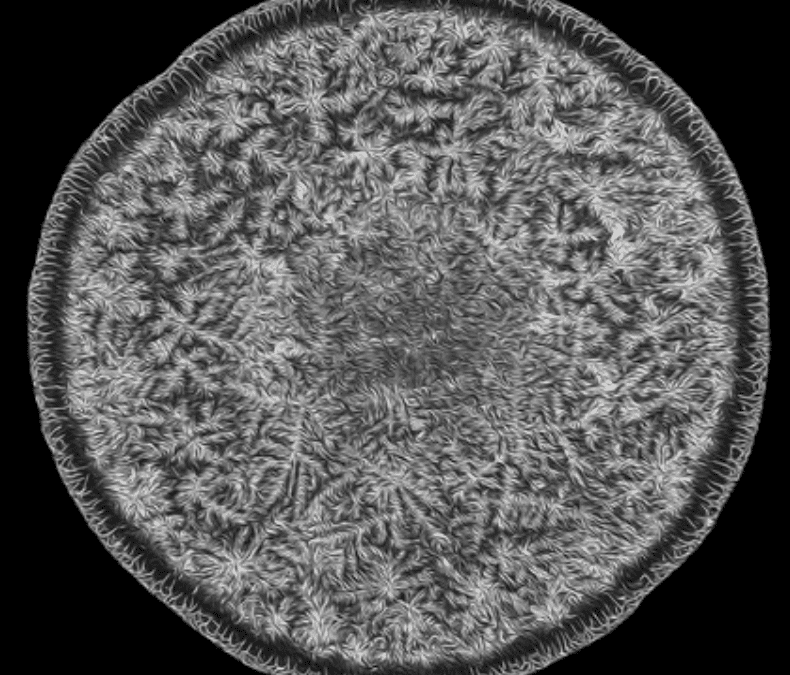Who knew that a product of sadness could be so beautiful? There are three different types of human tears: basal (which keep the eyes wet), reflex (which occur with eye irritation), and emotional (which spring up with strong feelings). Each type has a distinct chemical makeup which, along with external factors like humidity and evaporation rates, affect the way the salt in tears forms geometric crystallizations. Curiously, researchers have found that a tear’s crystallization patterns also differ based on the person that cried them.
Using a special microscope photography technique known as dark-field microscopy, the patterns of specific salt crystallizations in tears can be preserved forever. This photograph of a human tear was captured by Norm Baker, from the Departments of Pathology & Art as Applied to Medicine at the Johns Hopkins School of Medicine. The photo took 7th in the 2018 Nikon Small World Photomicrography Competition.
Caption written by Haley Wasserman, Science Writing Intern for the Johns Hopkins Institute for Basic Biomedical Sciences.
See more images and videos on JHM Fundamentals Instagram, our award-winning platform for stunning science images.


Recent Comments